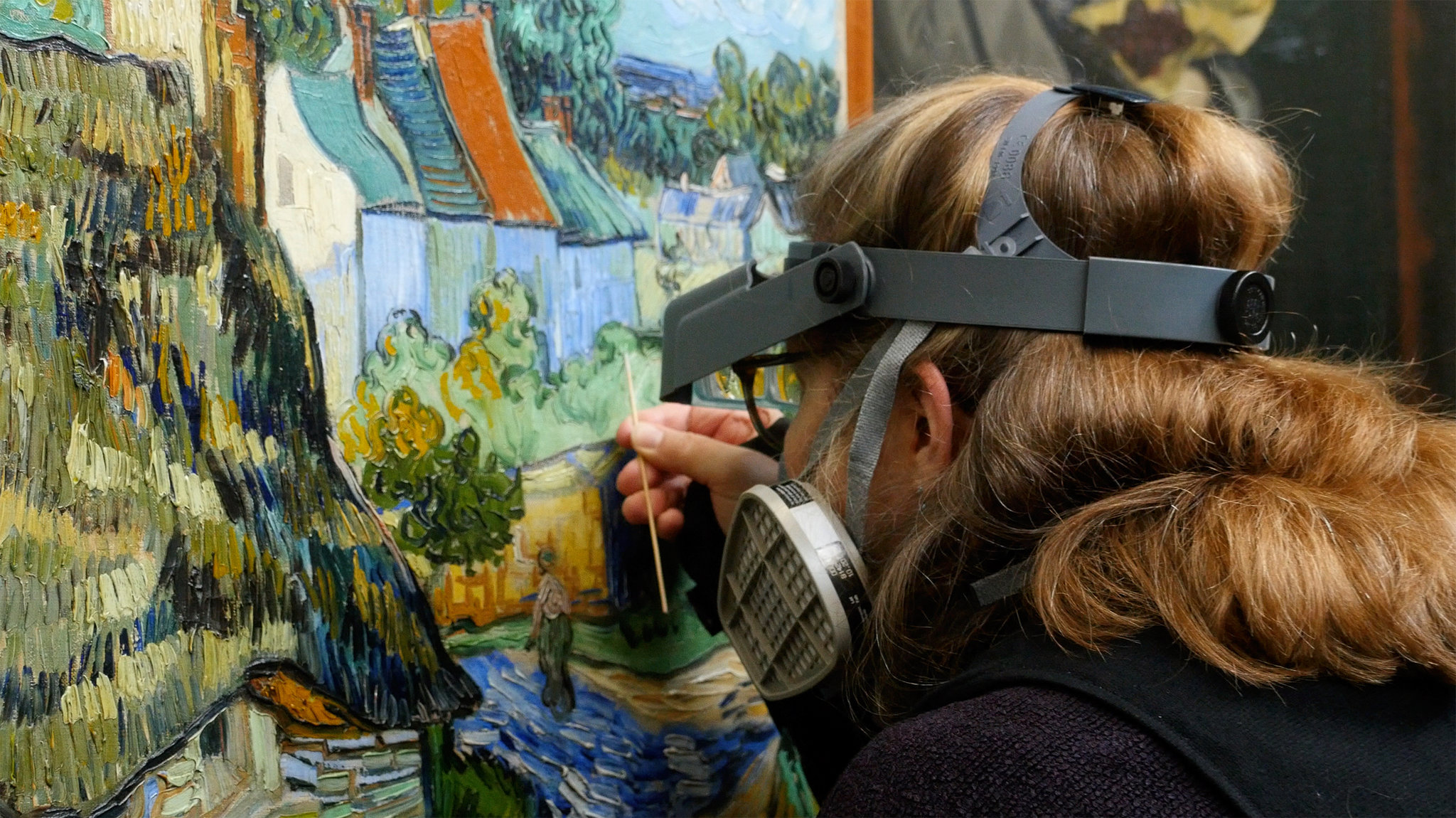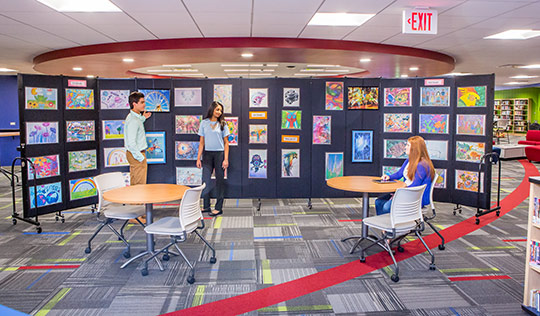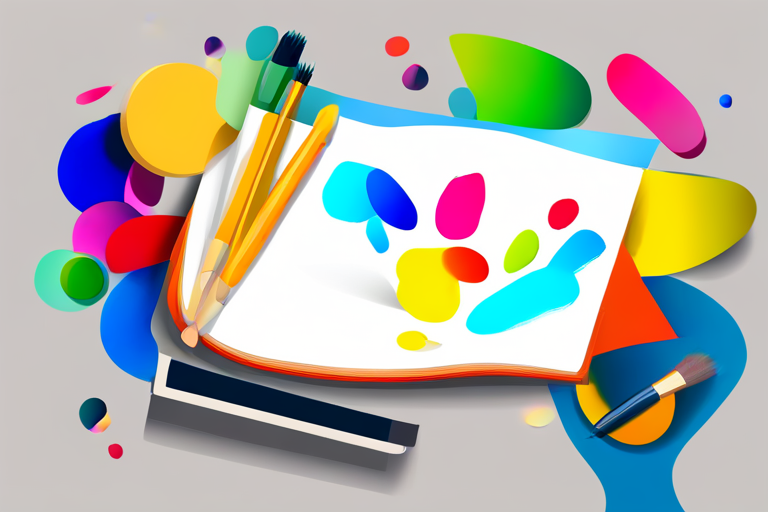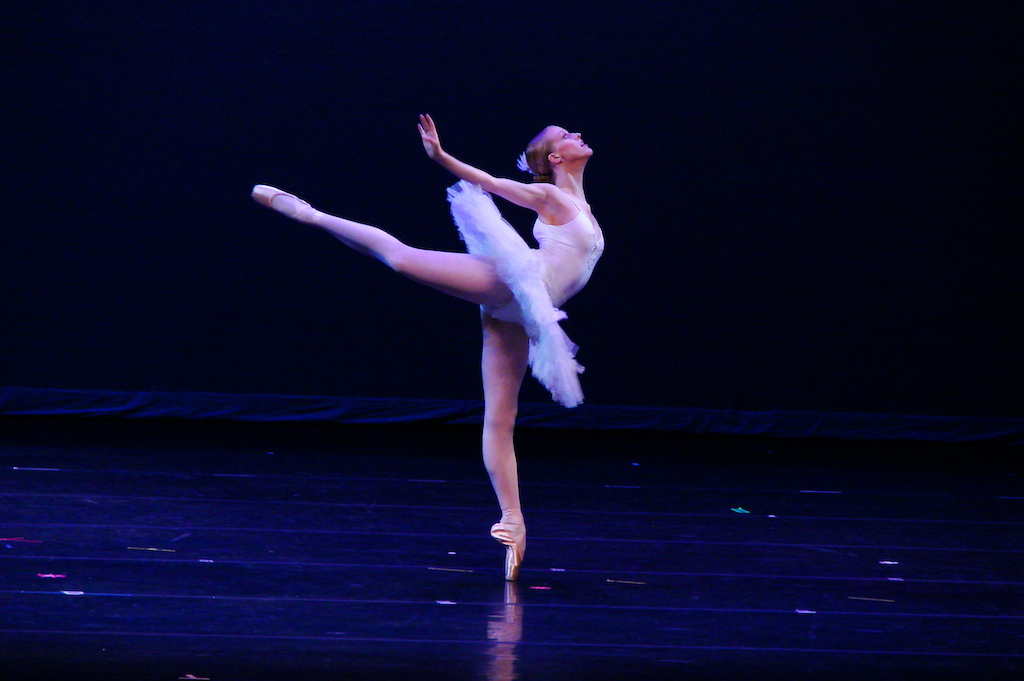Are you an art lover looking to learn more about the art of conservation and restoration? If so, you’ve come to the right place! Conservation and restoration of artworks is an essential part of preserving our cultural heritage. But what does that mean and how can you get involved?
In this blog post, we’ll provide a comprehensive guide to uncovering the art of conservation and restoration. We’ll explain the importance of preserving art, provide a step-by-step guide for getting started with conservation and restoration, and share the best resources for learning more.
Why Is Conservation and Restoration Important?
Conservation and restoration of artworks is essential for preserving our cultural heritage. Artworks are exposed to a variety of damaging elements, such as dust, dirt, sunlight, and moisture. Over time, these elements can cause the artwork to become discolored, cracked, and deteriorated.
By conserving and restoring these artworks, we can ensure that they will last for generations to come. Conservation and restoration also helps to maintain the authenticity and integrity of the artwork. This is important for both artistic and historical reasons.
How to Get Started With Conservation and Restoration
If you’re interested in getting started with conservation and restoration, there are several steps you can take.
1. Learn about conservation and restoration techniques. There are a variety of techniques used for conserving and restoring artworks, such as cleaning, repairing, and stabilizing. To learn more about these techniques, you can take classes or read books about the subject.
2. Practice on small projects. Before you start working on larger artworks, it’s best to practice on smaller projects. This will help you get a feel for the materials and techniques used.
3. Research the artwork. Before you begin any conservation or restoration project, it’s important to research the artwork and its history. This will help you understand the artwork better and make sure that your work is in line with its original intent.
4. Seek professional advice. If you’re uncertain about how to proceed with a conservation or restoration project, it’s best to seek professional advice. This can help you ensure that your work is done properly and that the artwork will be preserved for generations to come.
Best Resources for Learning More About Conservation and Restoration
There are a variety of resources available for those











